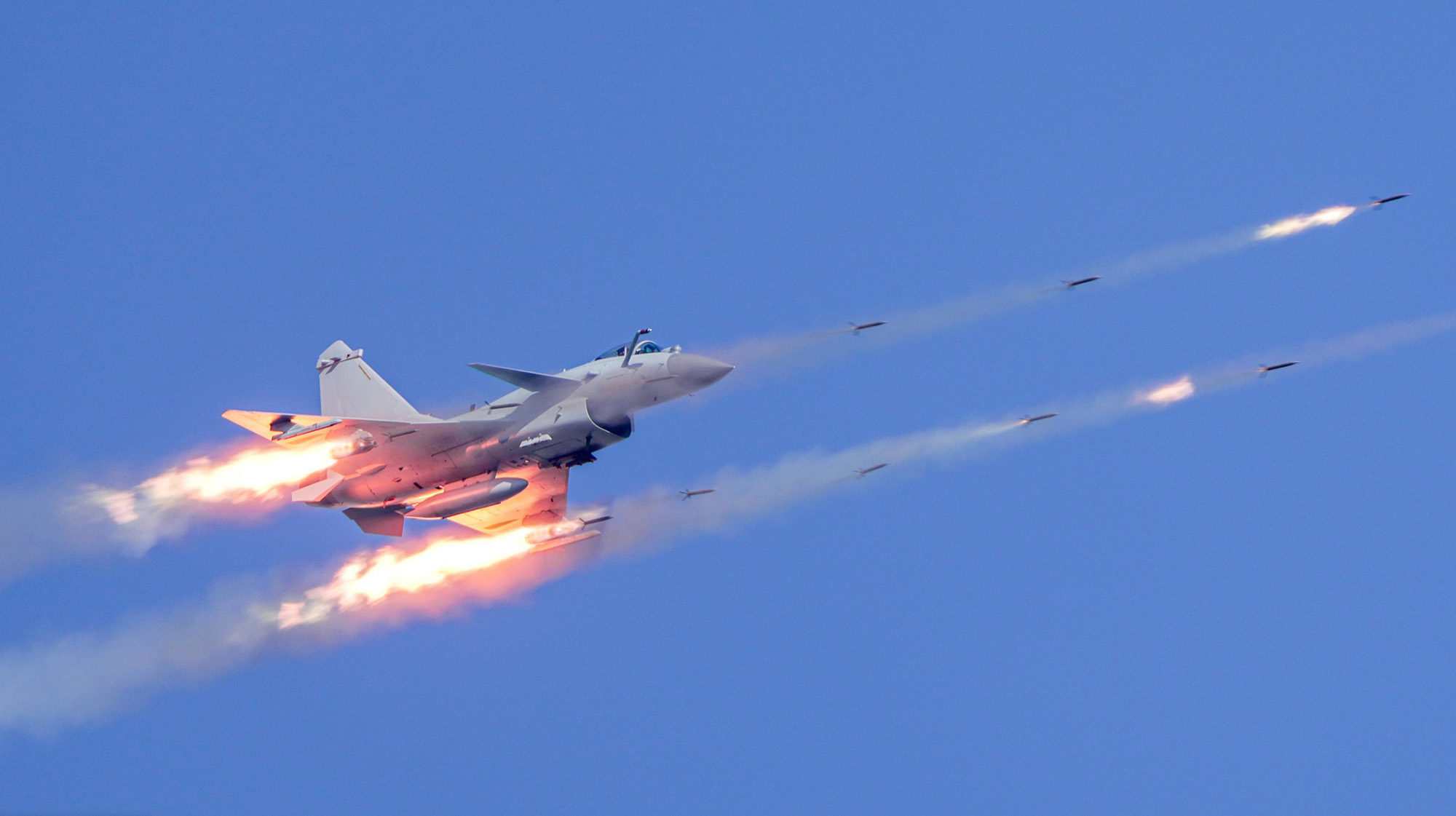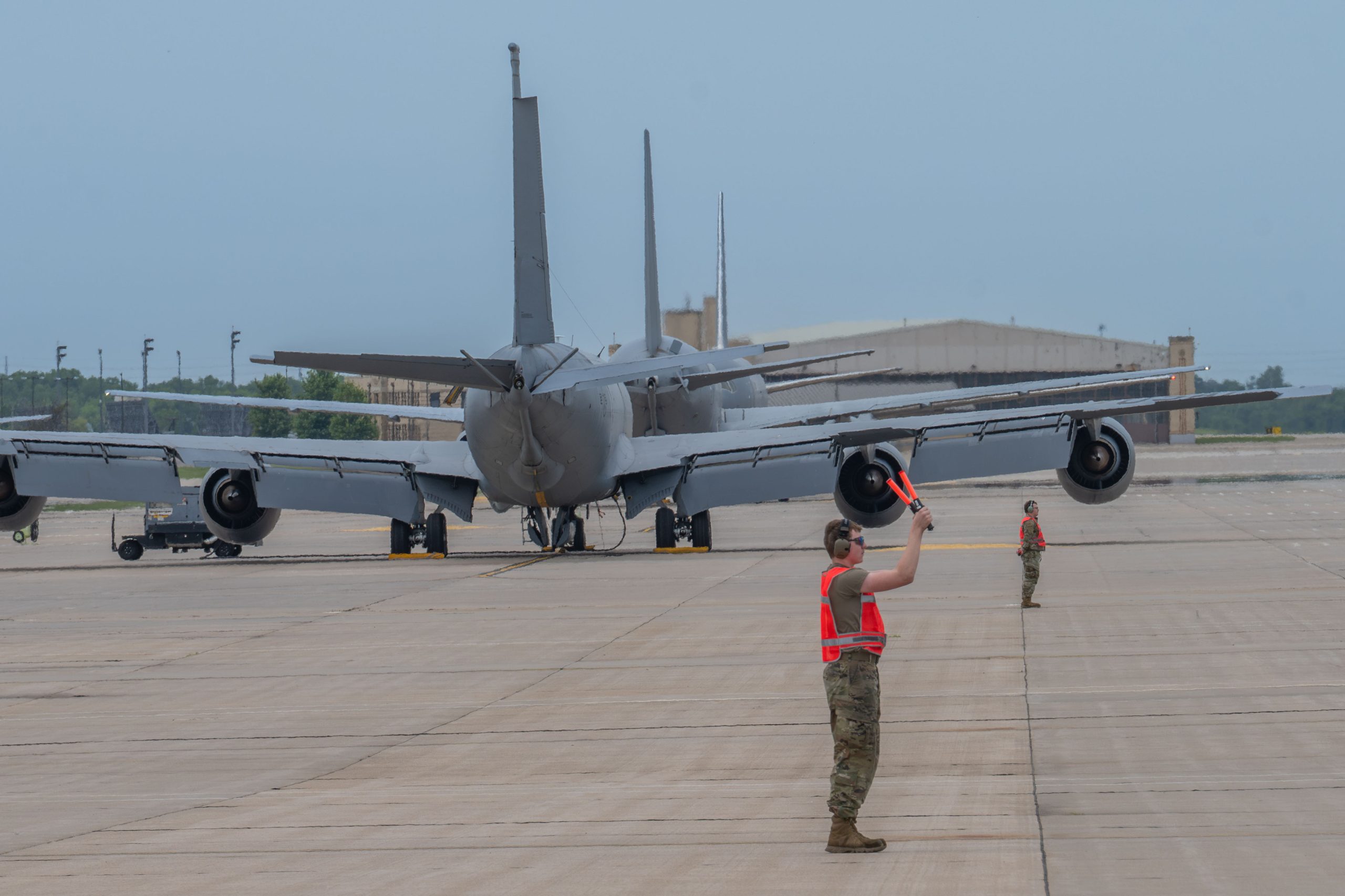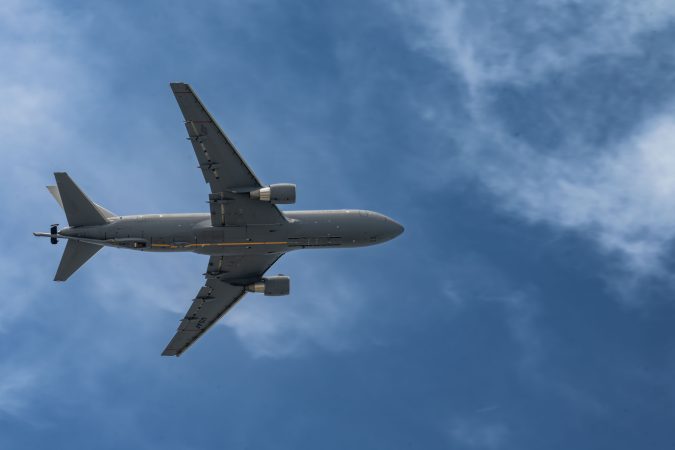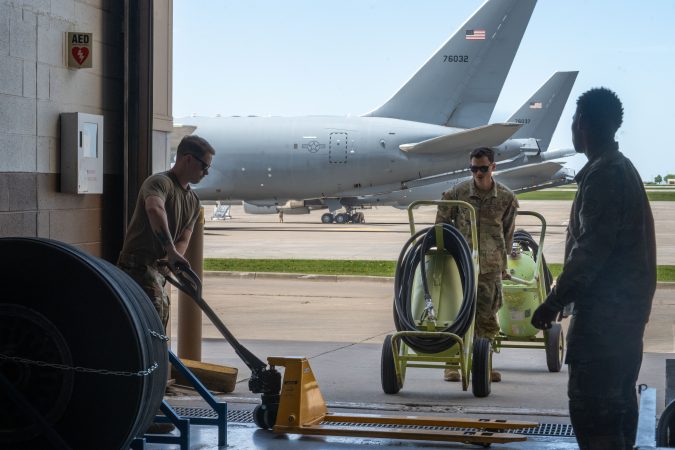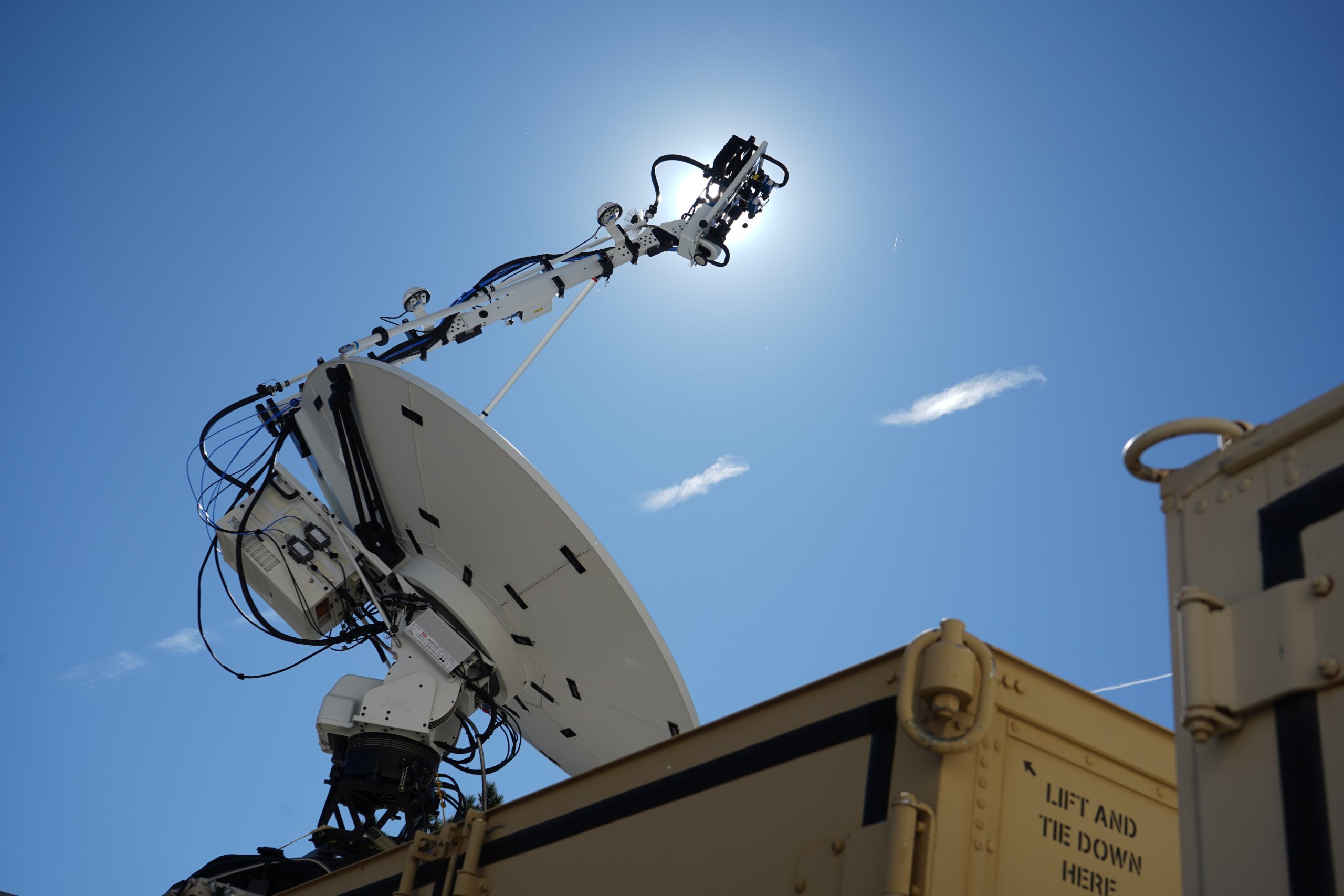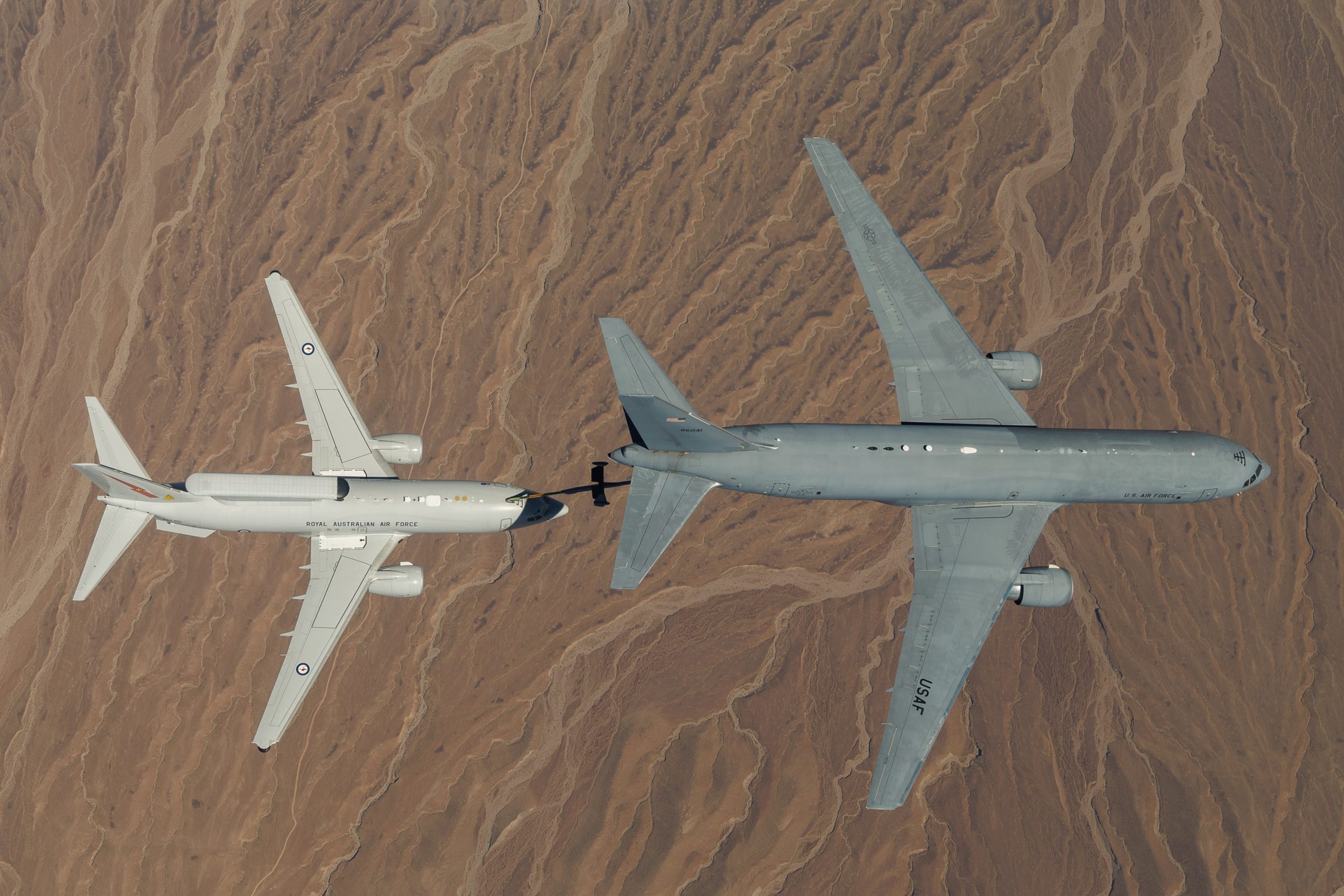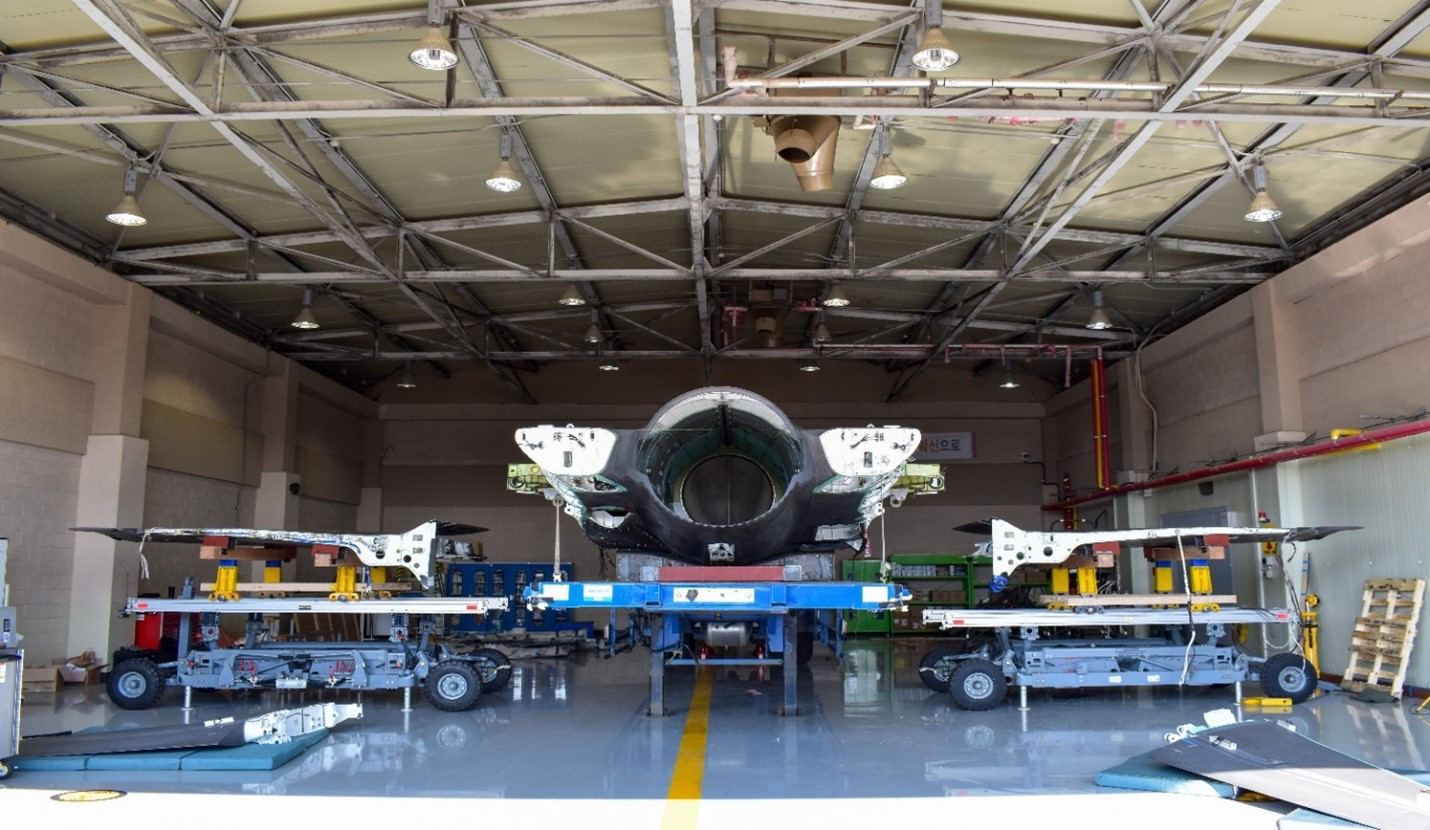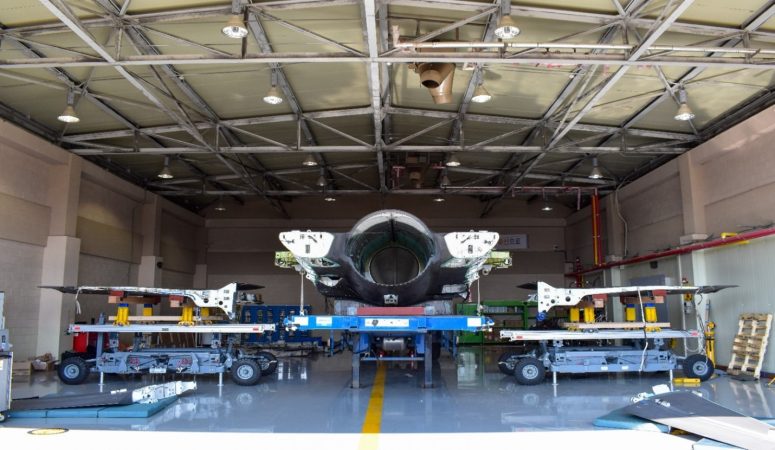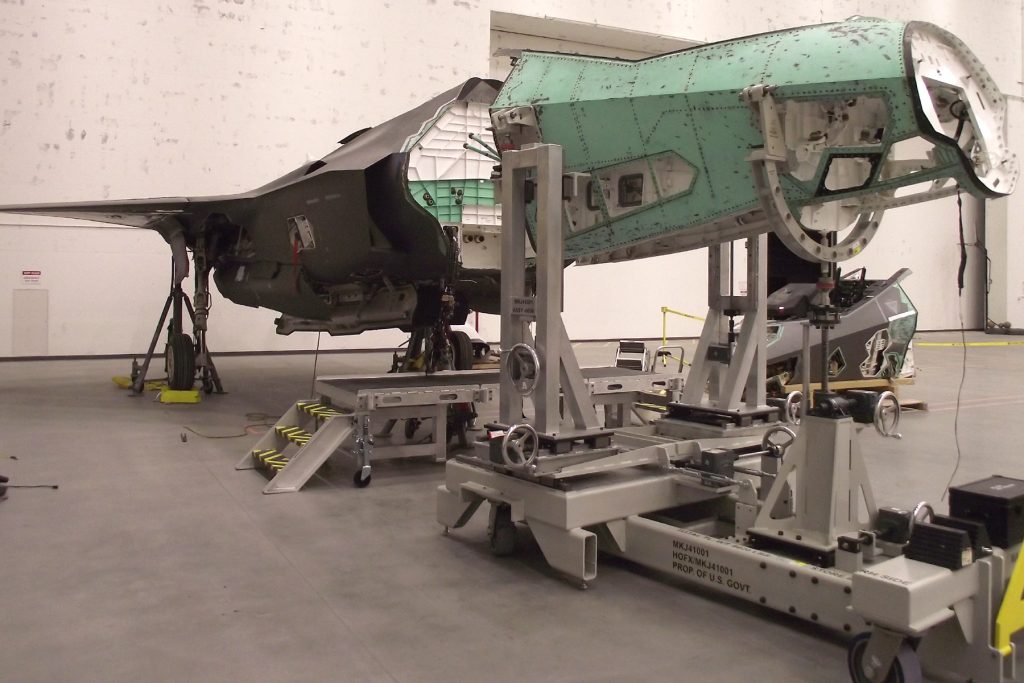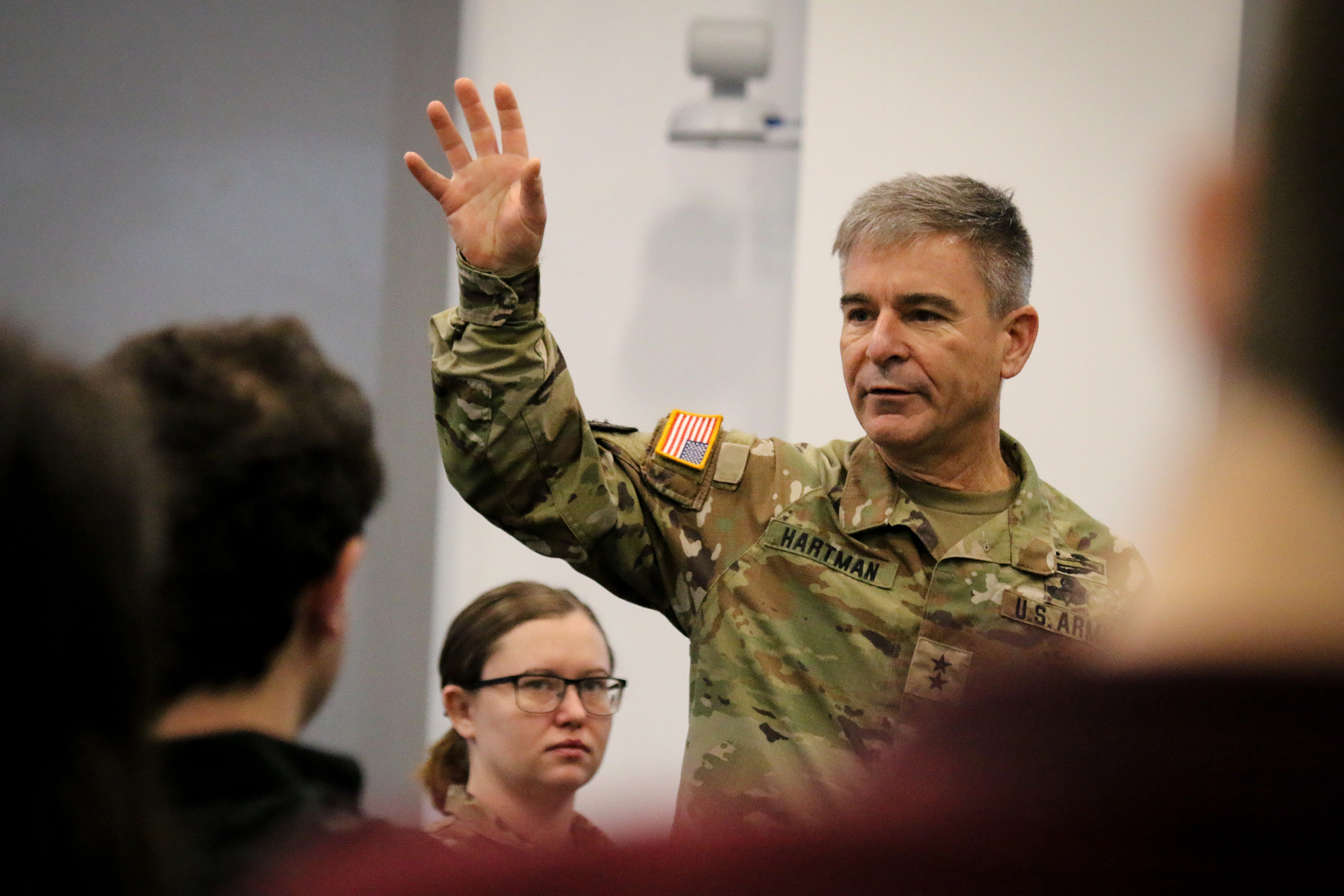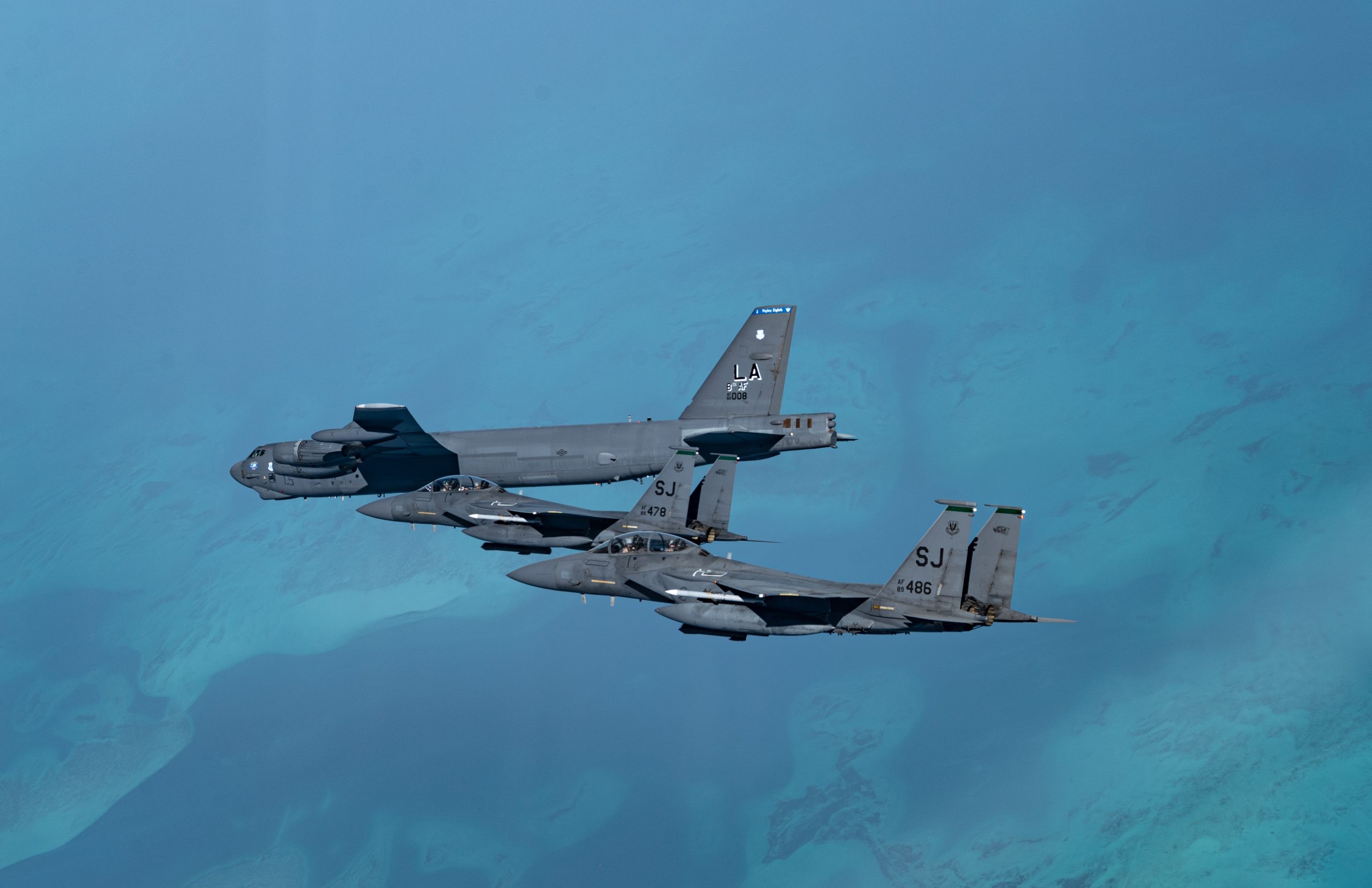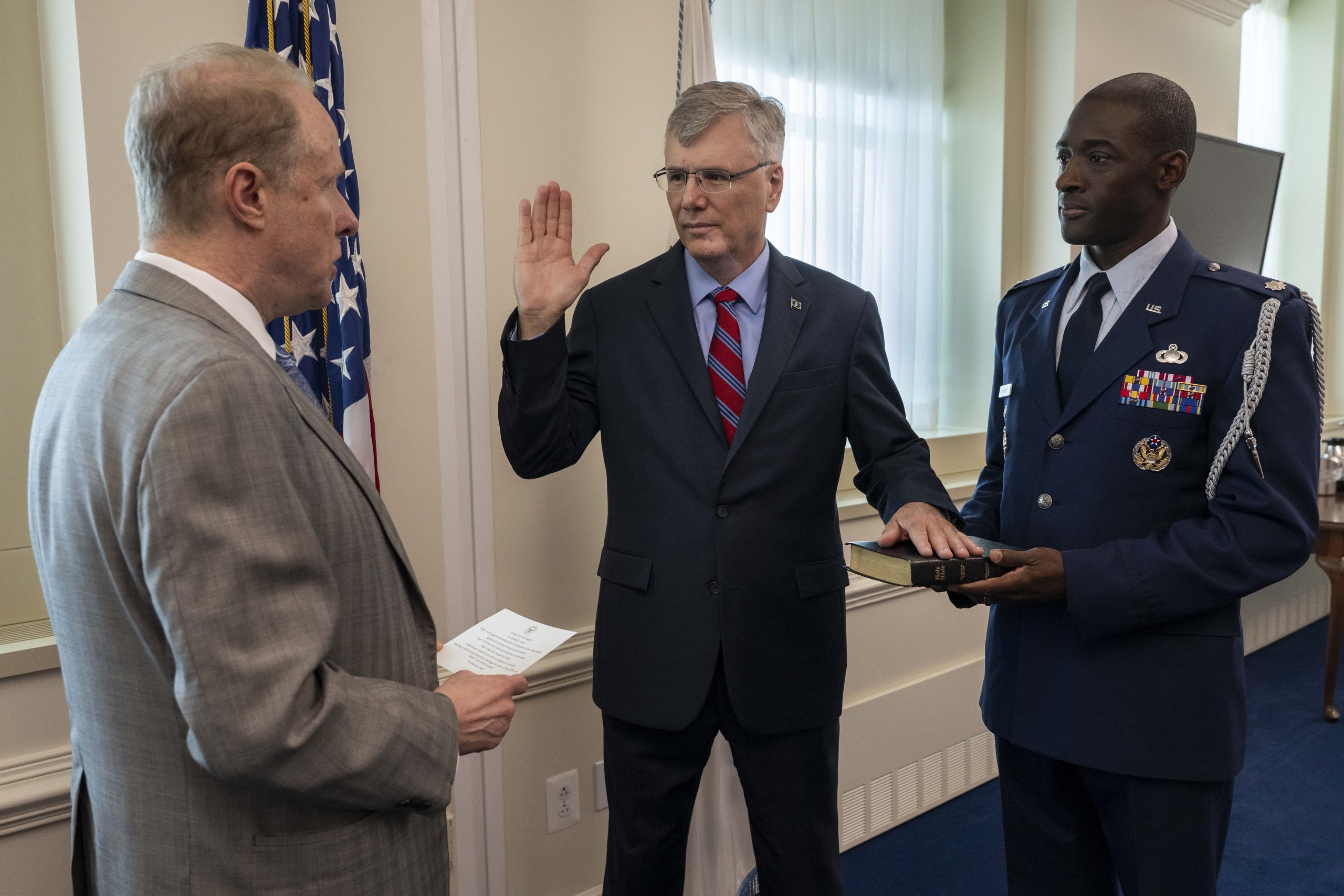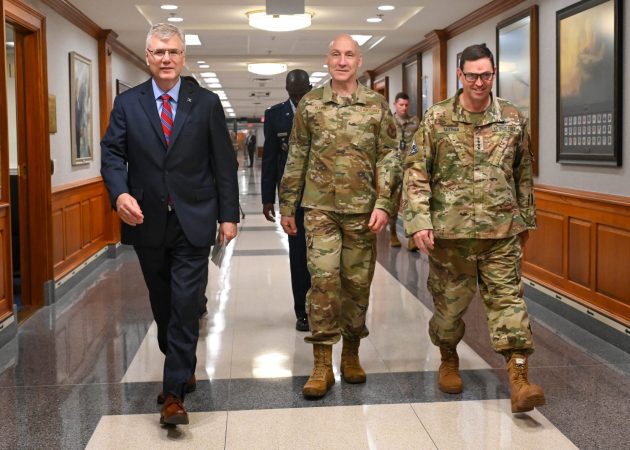The most important element of an air-to-air engagement in the recent India-Pakistan conflict may be how Pakistan integrated its Chinese-origin weapons and air defenses to shoot down at least one Indian Rafale fighter, an expert on the Chinese military said.
The effectiveness of the kill chain may have been more important than the capabilities of the specific fighters, said Michael Dahm, a senior fellow at AFA’s Mitchell Institute for Aerospace Studies, who is an expert on Chinese military affairs.
Pakistan can “integrate ground radars with fighter jets and airborne early warning aircraft,” said Dahm. “The Pakistani Air Force deployed …’ A’ launched by ‘B’ and guided by ‘C’” and hit the target, he added, citing a May 12 report from China Space News, a Chinese defense industry magazine.
Speaking on a recent podcast, Dahm said the chain may have started with a Pakistani ground radar—“maybe a surface-to-air missile system, or some other type of radar system”—which “illuminated the Indian target.” Then, a Pakistani J-10C fighter “launched its missiles, probably at range, and finally, an airborne early warning and control aircraft used a midcourse datalink to update and guide the missile to the Indian fighter.”
It was a “long-range shot, beyond visual range,” likely using the export version of China’s PL-15 air-to-air missile, which Dahm said has an 80 nautical mile range.
The kill chain is the same kind the U.S. is attempting to create within and between its services through the Combined Joint All Domain Command and Control (CJADC2) concept.
“When, and if, we do find out more about the details of the engagement, this may tell a story more about systems integration and how well Pakistan has done systems integration versus how well India has done systems integration,” Dahm said.
No details are available about where the Rafale was when it was hit, although Pakistani news agencies showed wreckage that may or may not have been the remains of an Indian Rafale on Pakistani territory. Pakistan claimed after the engagement that it had shot down five Indian aircraft—four fighters and a drone—which conducted an airstrike in Pakistan.
Pakistan seems to have very recently converted several Chinese airborne early warning and control aircraft into electronic warfare aircraft, Dahm said, but it’s unknown whether those aircraft were manipulating the electromagnetic environment. Pakistan’s radar systems and the J-10 are also Chinese in origin.
“What does this say about Chinese technology versus Western technology? Probably not a whole lot, but it probably says a lot more about systems of systems, about training, about tactics … about all of those difficult-to-quantify things,” rather than the relative capabilities of the J-10 versus the Rafale, Dahm said.
He also noted that while India’s air force is bigger than Pakistan’s, it includes “a hodgepodge” of Western, Israeli, Russian, and Indian-produced technology, which makes systems integration much more difficult.
Dahm said that while many news outlets are playing up the angle of the fourth-generation J-10C shooting down a fourth-and-a-half generation Rafale, the comparison of aircraft “probably tells us absolutely nothing.” It’s not known whether the Rafale was departing the target area or whether it had fired any missiles at the Pakistani aircraft, he said.
The Rafale was sold to India with the Meteor missile, which Dahm described as “a beast”—a solid-fueled ramjet missile with a top speed of Mach 4 and a range of 108 nautical miles—with a “wicked … no-escape zone.”
But “from the very, very limited reporting we have, there are no indications the Rafale was shot down with a Meteor missile still intact. They found the wreckage. There was a shorter-range [infrared] missile found in the wreckage, but there was no indication that the Meteor was there. Now, maybe the Rafale had a Meteor and it fired it. Maybe it wasn’t carrying one at all. But I don’t think this really tells us anything about how good the J-10 is compared to the Rafale, or how good the Chinese technology is compared to the Western tech.”
